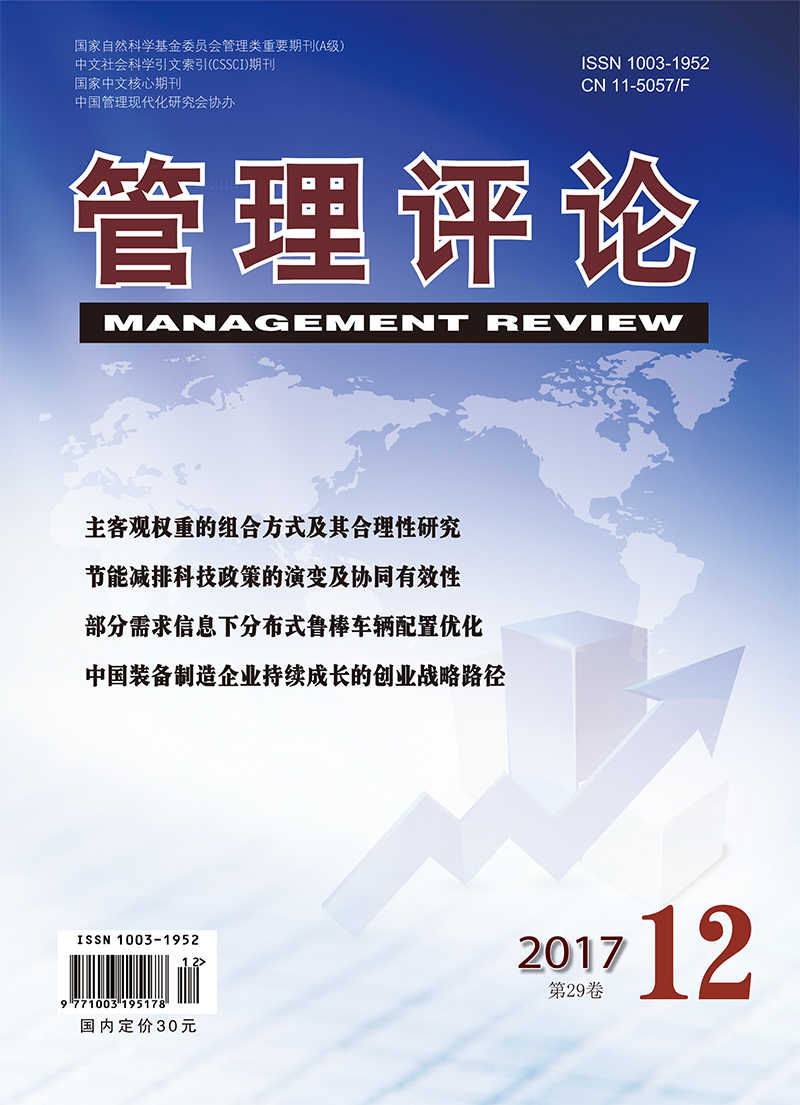The majority of existing researches focus on industrial security factors from the theoretical perspective. However, empirical analyses are inadequate, especially for some emerging high technology industries. A dynamic multidimensional measurement index of industrial security, for the first time, is put forward in this paper, based on the analysis of the connotation of industrial security and characteristics of high technology industries. Then, a theoretical model for security influence factors of high technology industries is established. Finally, an empirical analysis is made based on 136 groups of data collected from 17 high technology industries in China during 2007-2014, by using PLS structural equation model method. Results show that the three latent variables, i.e. industry reality competitiveness, industry characteristics, and the factors of environment, have a significant impact on industrial security through affecting the independent innovation ability, and two other latent variables, independent innovation ability and competitiveness of domestic enterprises, have direct influence on the industrial security.

